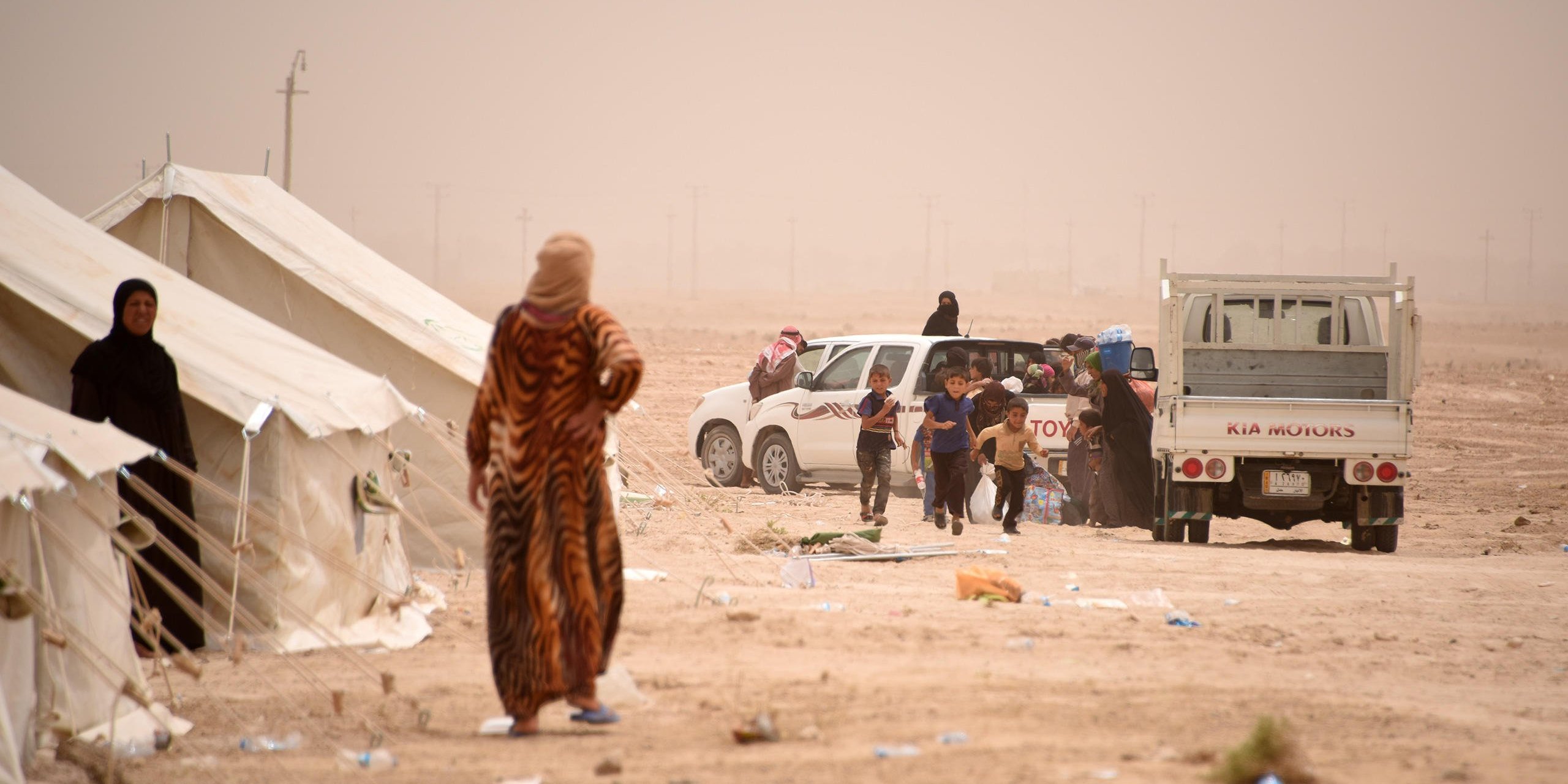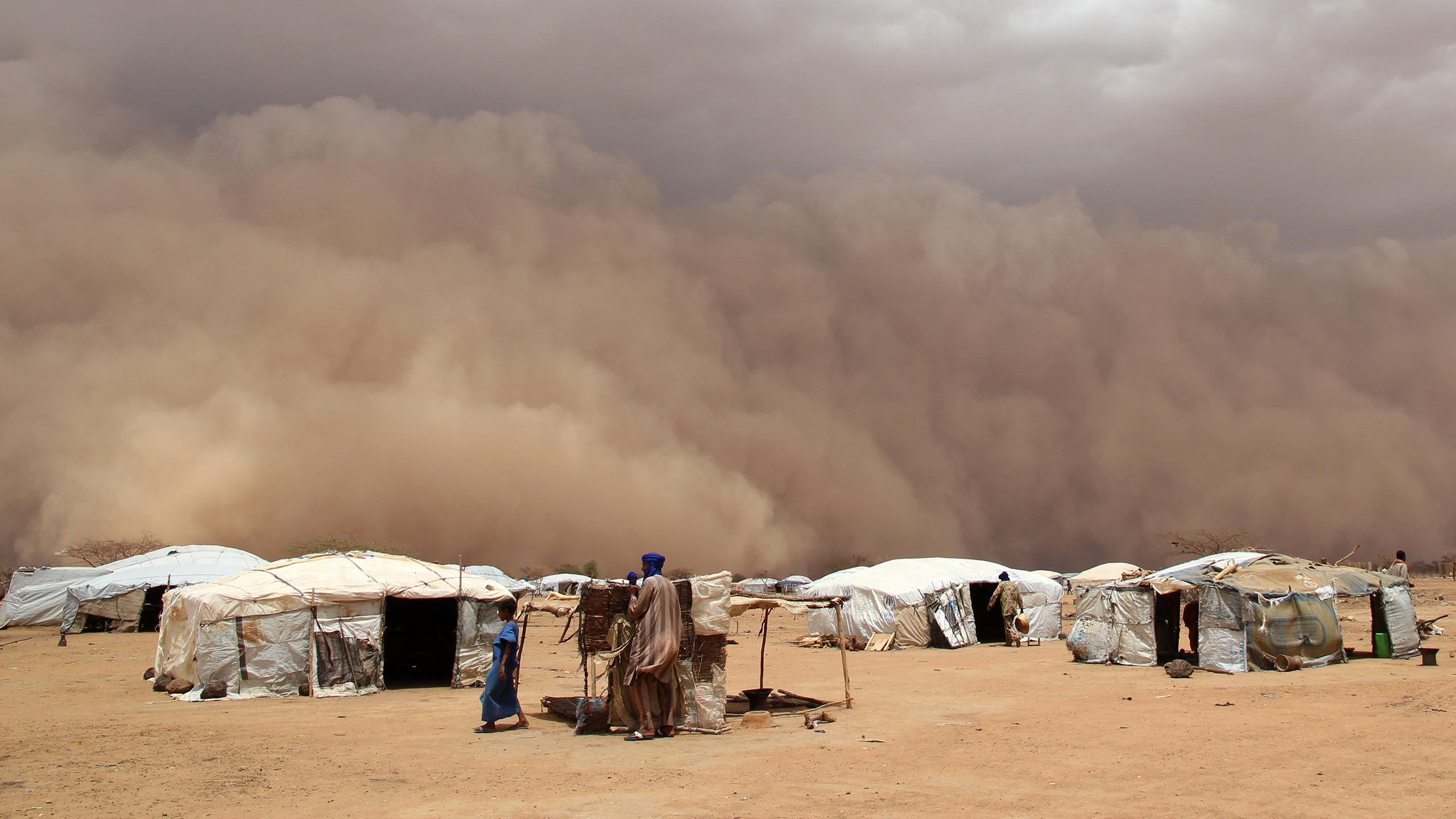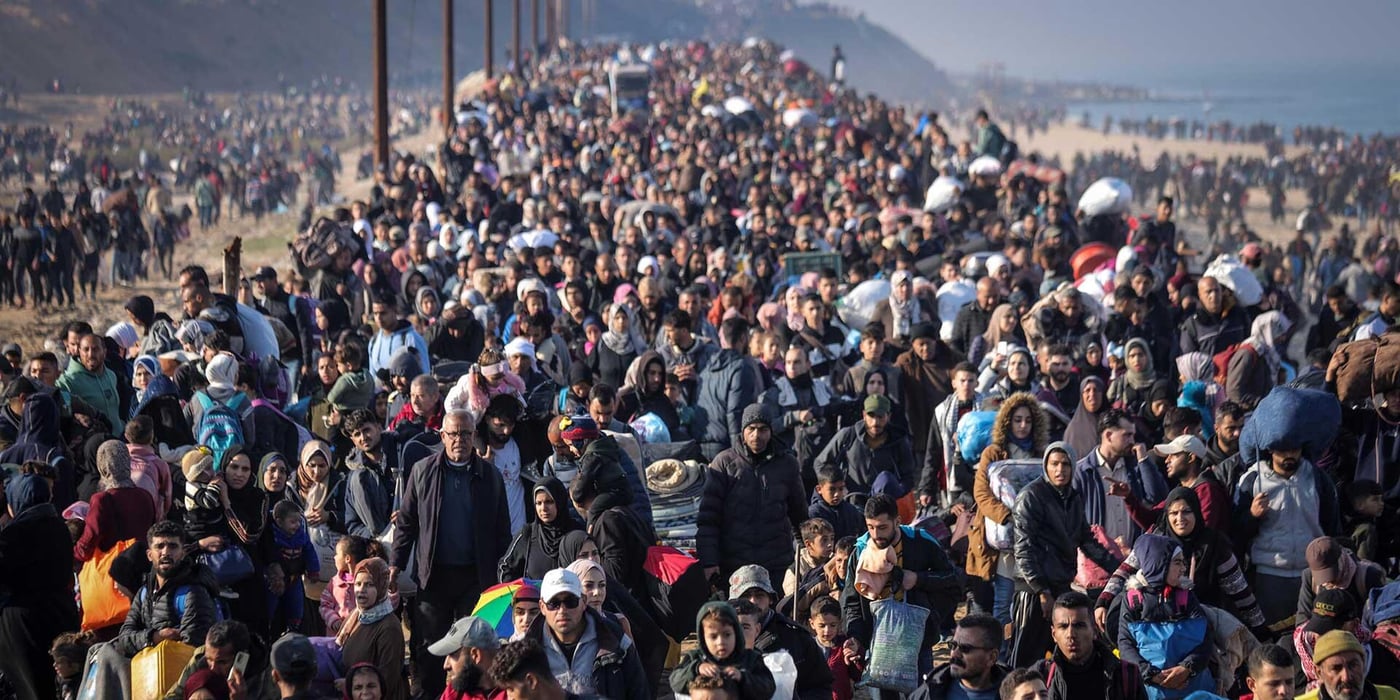
“It is our duty as aid workers to work where needs are greatest. But our international humanitarian community is failing too many people in too many places from Syria and Yemen to South Sudan and Nigeria. Extreme risks and threats are paralysing too many organisations and their ability to deliver aid and save lives,” said Jan Egeland, Secretary General of the Norwegian Refugee Council (NRC).
Egeland led the research team for the 2011 landmark To Stay and Deliver study on how humanitarian organisations could strive to provide aid in highly insecure environments. Five years later, NRC, the UN Office for the Coordination of Humanitarian Affairs (OCHA), and Jindal School of International Affairs have examined progress in responding to issues raised in the 2011 report.
According to the new report - Presence and Proximity: To Stay and Deliver, Five Years On - the changing nature of conflicts, attacks against aid workers and a lack of dedicated funding and risk management capacity have prevented an increase in the number of organisations being physically present in the most dangerous flashpoints in the world.
“Courageous aid workers continue to respond every day to people’s most urgent needs on the frontlines in many of the world’s most violent crises,” said Emergency Relief Coordinator Stephen O’Brien. “But conflict parties’ lack of respect for the fundamental tenets of international humanitarian law and the brutality and volatility of today’s armed conflicts make it extremely difficult and dangerous for these brave aid workers to deliver humanitarian assistance and protection in complex emergencies.”

“We need to do more not to leave people unassisted and unprotected when they are in direst need. But we cannot do this alone. The report shows that the organisations with flexible resources were among those best able to stay and deliver. Donors need to support us to get closer to communities,” said Jan Egeland.
The report identified several positive trends adopted by humanitarians to reach people where the needs are greatest. A number of relief organisations said that they were able to make the shift from leaving when security deteriorates, to staying and delivering amid insecurity.
The report also found that aid organisations are focusing more on security analysis which has helped to make better informed decisions about aid delivery and response – and there is increased focus on the capacity to negotiate for access to communities in need.
The study recognizes that where aid organisations resort to remote programming – using local organizations to help implement their activities – it can generate risks and undermine the quality of protection and humanitarian programmes. The study recommends the integration of security and programming and improve for example training of staff.
Overall, many recommendations of the 2011 report remain relevant today and humanitarians must act on them.
 Download report
Download report
![]()



